Planetary Aspects
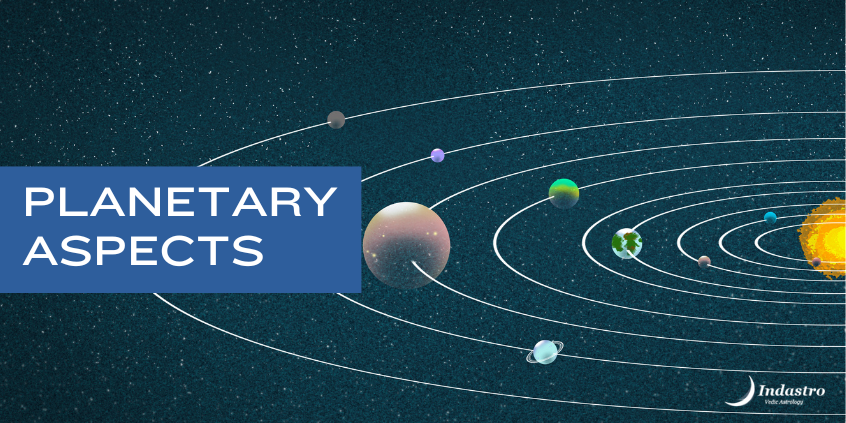
The zodiac circle consists of 360 degrees in total, divided in 12 parts; it allots 30 degrees to each sign. An aspect refers to a certain angular distance of one planet from the other. Some aspects are considered especially important in Vedic Astrology. The angular distance of 60 degrees, 90 degrees, 120 degrees and 180 degrees is specifically relevant as these aspects are more powerful in shaping the character and life of the native. These angles are called Sextile (60 degrees), Square (90 degrees), Trine (120 degrees) and Opposition (180 degrees). Here is an example chart that we would refer to study about these aspects in detail.
Vedic Astrology prescribes predictions based on Moon Sign for more accuracy. Do not know your Yoga & Moon Sign? Find out instantly for FREE by filling the form below!
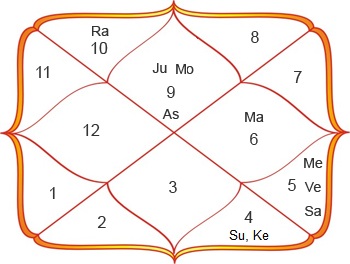 Opposition
Opposition
Opposition forms when two planets are exactly opposite each other, meaning there is a difference of 180 degrees in their placement. In the example chart on the left, Rahu and Sun/Ketu are exactly in opposition. The planet in every 7th house from where a planet is placed in its opposition. Opposition works like Yin and Yang. While they are opposites, one is not complete without the other. There is a need for cooperation so as to establish harmony. Due to the conflicting energies, some irresolution and uncertainty in areas under the impact of the opposition. You need to maintain a balance, where one must coordinate with the other.
Trine
When two planets are 120 degrees apart from each other, it forms a trine. Each house is of 30 degrees so four houses make up 120 degrees, which means that if planet A is placed in 4th house and planet B is placed in 8th house, these two planets form a trine. In the chart above, Mercury is forming a trine with Moon and Jupiter. Trine is considered positive in Vedic Astrology as energy flows easily between the planets in trine. This brings more good luck, creative abilities and opportunities in one’s life in the areas that these planets affect.
Square
When two planets are 90 degrees far from each other, they are in square aspect. While means if two planets are 3 signs/houses away from each other, they could be in square. Mars form a square with Jupiter, which is separated by 3 houses. Planets in square are considered positive especially in Vedic Astrology. While this angle creates some turbulence between planets involved, it is necessary to spark an action. Without action, we can’t get the ball rolling. The area affected by square (the house where the planets are located) is where you are quite actively involved and face challenges before finally succeeding. This is where you learn your lessons.
Sextile
When planets are separated by 60 degrees from each other, they form a sextile so planets 2 houses away from each other form a Sextile. Sun forms a sextile with Mars in the chart above. Like trine, sextile also refers to opportunities and talents but these talents are not natural like trine. The talents and opportunities require effort if you seek to obtain any gains out of them. Sextiles are communicative, meaning there is ease of communication between the elements that the planets involved represent, helping establish harmony and coordination. The energies have the potential to be put to effective use but efforts are required.
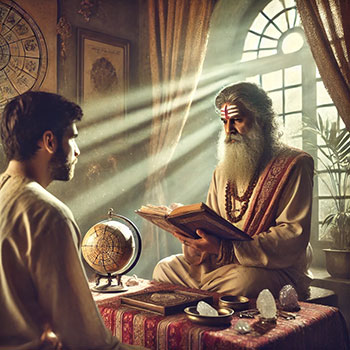
Detailed Indepth Horoscope Reading
A horoscope drawn as per the time, date & place of your birth to unravel the mysteries of your life. more
.webp) Mercury Transits Sagittarius, 29 Dec 2025 till 17 Jan 2026
Mercury Transits Sagittarius, 29 Dec 2025 till 17 Jan 2026
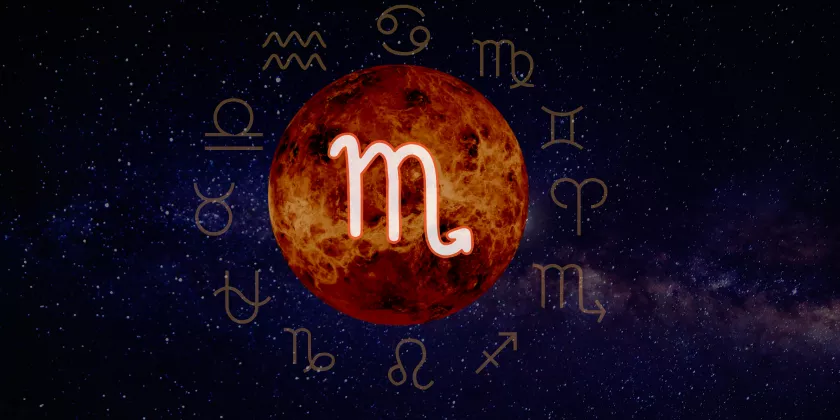 Mercury Transits Scorpio, 6 Dec 2025 till 29 Dec 2025
Mercury Transits Scorpio, 6 Dec 2025 till 29 Dec 2025
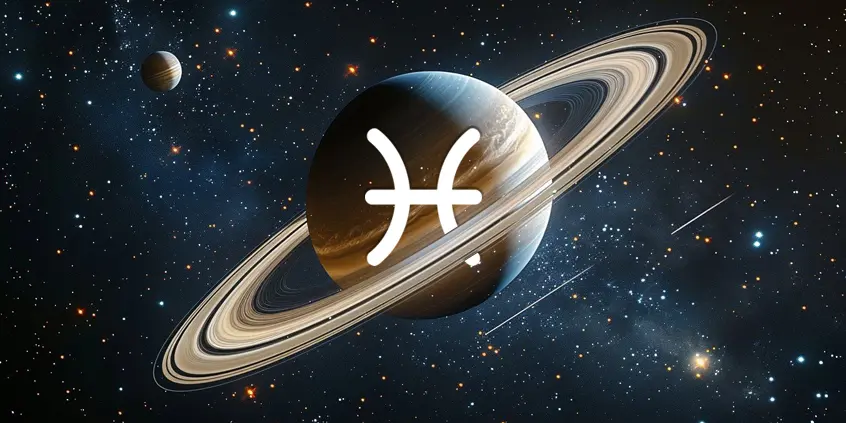 Saturn in Pisces
Saturn in Pisces
 Horoscope Analysis of Narendra Modi
Horoscope Analysis of Narendra Modi
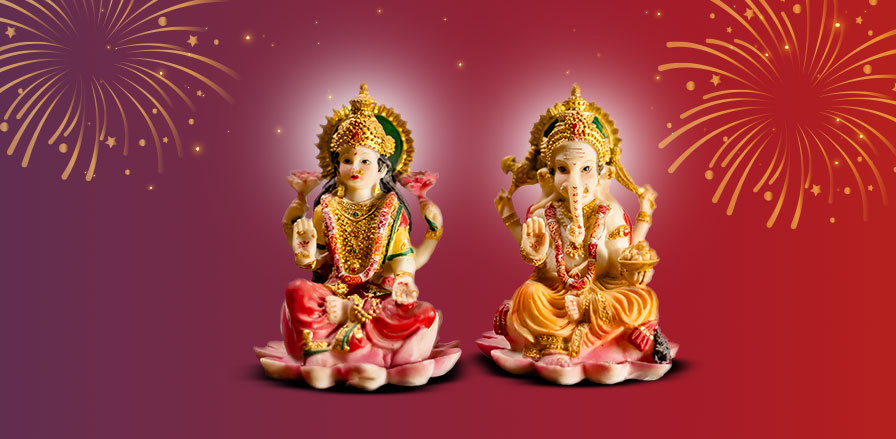 Diwali 18 Oct till 23 Oct 2025: Date, Puja Time and Significance of this 5-Day Festival
Diwali 18 Oct till 23 Oct 2025: Date, Puja Time and Significance of this 5-Day Festival
